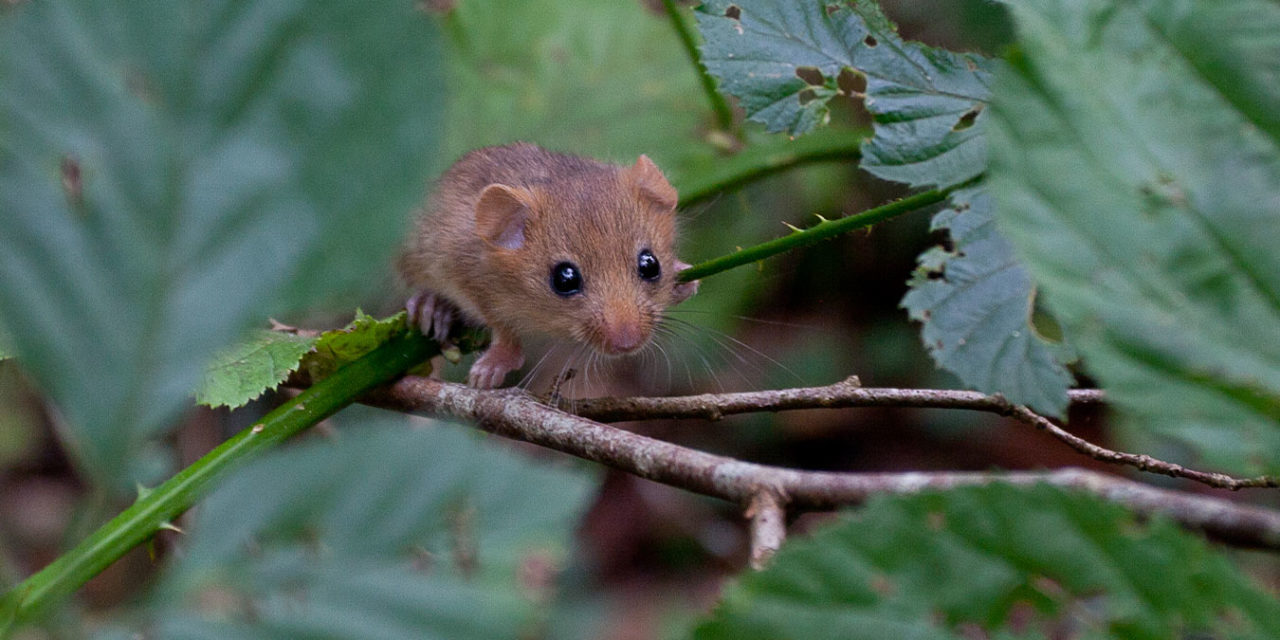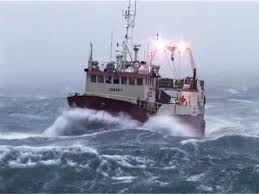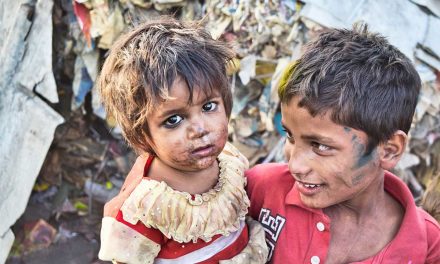Ten percent of the UK’s wildlife species are at risk of becoming extinct and the population of endangered species has decreased by 65% since the 1970s. Belong asks why this is happening and looks at three species that are under threat in the UK, the wildcat, the dormouse and the hedgehog.
Nida Al-Fulaij, grants manager from the Peoples Trust for Endangered Species (PTES) told Belong in an exclusive interview that species have been declining in the UK since the end of the second world war which saw the introduction of intensive farming practices. However, reliable baseline data on the state of the UK’s species has only been available since the 1970s since the Mammal Society and the Royal Society for the Protection of Birds (RSPB).
Although our rivers are mostly a lot cleaner than they were and Britain has some of the best legal protections of the countryside anywhere in the world, our landmass is relatively small and our population has continued to grow rapidly, which means that pressures on the countryside have only increased.
“A lot of the work has probably been firefighting. There are so many of us in the UK, if you go over to France and Germany, they have so much more green space than we have, so the pressures on our wild spaces are immense,” said Nida, who is a biologist by training.
In the UK we must protect what wild spaces and semi-wild spaces we still have. There is still a relatively large amount of ancient woodland and we need to make sure it’s in the best condition for the species that rely on it. Hedgerows are also critically important for birds, invertebrates, and mammals.
Although we have fewer wild spaces than many other countries, a recent project at Knepp Castle in Sussex shows what can be done. The owners of the estate decided twenty years ago to rewild the farm. This meant stopping all intensive farming practices and the use of fertilizers and pesticides and allowing livestock to roam around the estate freely.
Recovery of natural species occurred quickly and all species from invertebrates to mammals bounced back after a few years.
However, a combination of intensive farming, population growth, increased development, and climate change is pushing many species in the UK to the brink of extinction.
Hedgehogs
There were 37 million hedgehogs in the UK in 1950, now there are estimated to be just a million left. Once a common sight, they are now becoming increasingly rare. Their distribution across the UK is patchy and they are declining more in rural rather than in urban areas.
Hedgehogs face several threats. They are more vulnerable than many other mammals because they are slow-moving and can’t run away from threats, they can’t climb trees and they can’t burrow. They also feed on invertebrates, so suffer in areas which are intensively farmed and that have been sprayed with insecticides, as there is little for them to eat.
“What we find in the countryside is actually, they tend to be near farm buildings and in villages, rather than out in the open countryside,” Nida explained.
Hedgehogs depend heavily on the goodwill of people for their survival and the Peoples Trust for Endangered Species (PTES) spends a lot of time trying to get sympathetic farmers on board to try and make some changes, like for example, looking after hedgerows, which are a favoured habitat of hedgehogs.
In urban or semi-urban areas green spaces that are kept clean and tidy with the grass mown regularly are not hedgehog friendly, as they hibernate in piles of leaves and tussocks of grass. When new houses are built, PTES encourages people to cut holes in their garden fences so hedgehogs can move between gardens to feed.
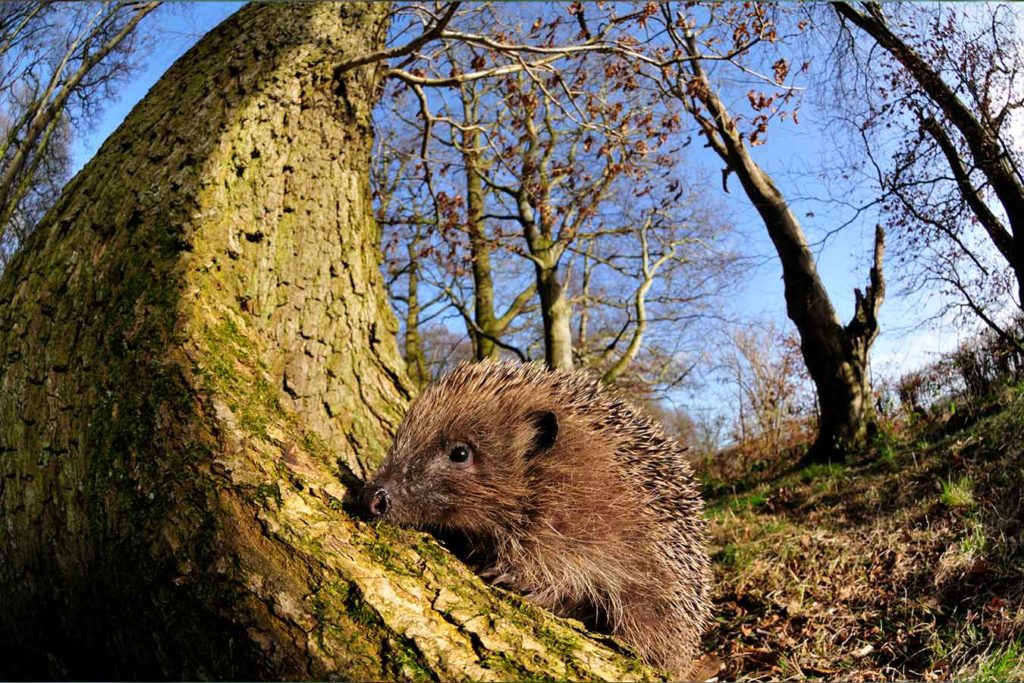
The Dormouse
Once common in the UK, there are estimated to be just 50,000 left, with strongholds in Devon and Kent which are heavily wooded counties where there are still a lot of healthy hedgerows.
Dormice live in hedgerows and on the edge of woodland. They live in trees and bushes and only come to the ground to hibernate. Their decline has mainly been due to the removal or thinning out of many of Britain’s ancient hedgerows.
PTES is monitoring the dormouse population at 400 sites in England and Wales and is working with farmers to help keep their population stable.
The Wildcat
The Wildcat is now only found in certain areas of the Highlands in Scotland, although its population is much healthier in continental Europe where more of its natural habitat remains.
In the UK their numbers are perilously low, and estimates put them to be in the low hundreds. They were hunted almost to extinction by gamekeepers as they are an effective predator and they are also threatened by hybridisation. Although they look very similar, the genes of wild cats and domestic cats are different.
No one is sure how many of the remaining wild cats are hybrids where they have mated with domestic cats or indeed just feral domestic cats. For the wild cat population to be sustainable, their numbers need to reach about 1,000 said, Nida.
“We are looking at plans to bring back wildcats to certain parts of Scotland and apparently there is a threshold level where if you have a certain number, that will create a buffer and any interlopers of domestic cats coming in their genes will be fairly quickly swamped out,” explained Nida.
A lot of research into wildcats has been going on over the past 20 years, which is allowing biologists to put a plan into action to try and recover the population and make sure its immune to hybridisation.
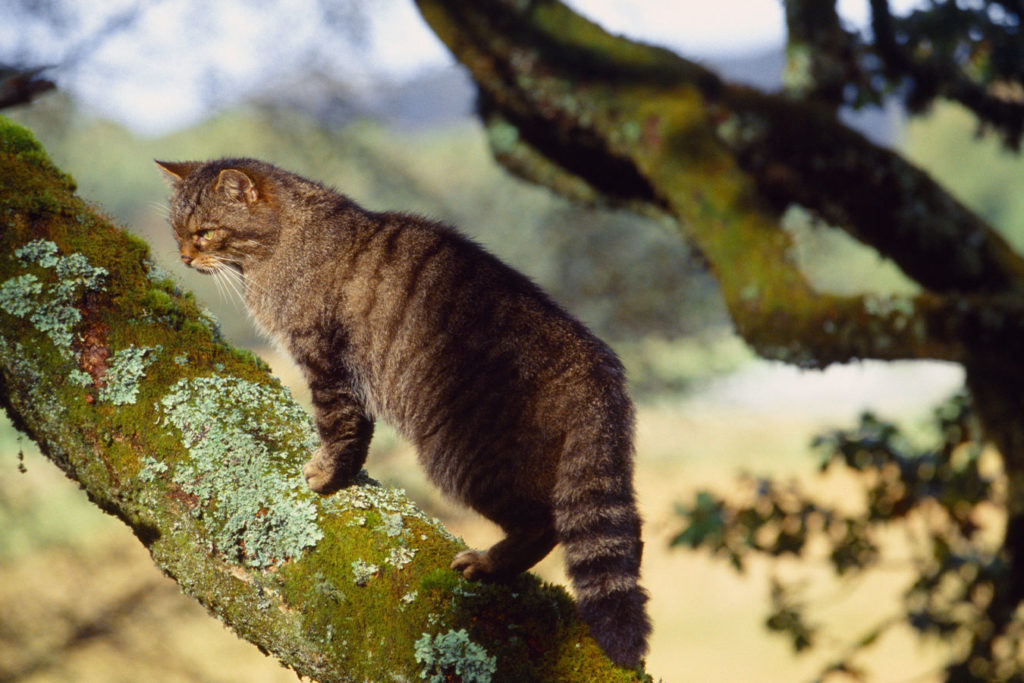
Climate Change
This is something that is already affecting several species in the UK, but particularly the hedgehog and the dormouse.
Although Britain has always had a changeable climate because of its position on the edge of the continent and on the Gulf Stream, climate change is causing us to have much milder winters and this is no good for hibernating mammals like the dormouse and the hedgehog. This is causing a lot of hibernating species to die during the erratic weather of a UK winter.
“What these species like is long, stable, cold winters and that’s not what we are having anymore. They have spent months fattening up to last the winter and then they keep waking up and going back to sleep again using much more energy than they should do,” said Nida.
In contrast to the UK, the dormouse population in Lithuania is much more stable because their weather is more stable and predictable.
Main image with thanks to Clare Pengelly
- Why is California So at Risk from Wildfires? - 13th November 2019
- Carbon Offsetting is Growing but Does it Make a Difference? - 11th November 2019
- Three Confirmed Dead as Australia Prepares for “Catastrophic” Bushfires - 11th November 2019

